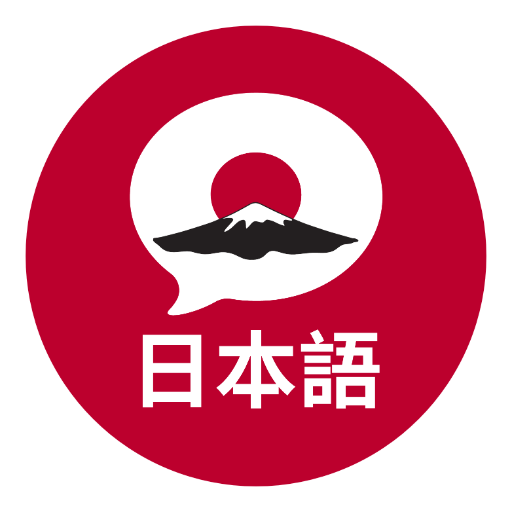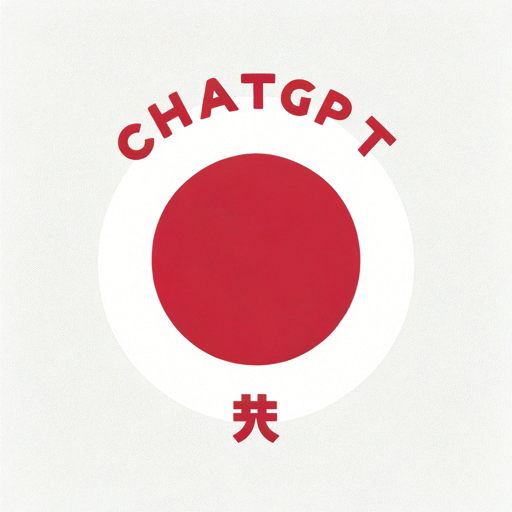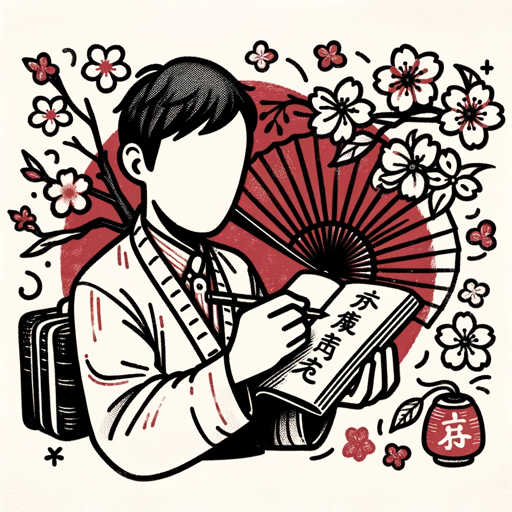Japanese Keigo & Casual Interpreter Toki Chan-Japanese translation for all levels.
AI-powered tool for mastering Japanese formality.
Translate this with style headers, please.
How do you say this in Formal Japanese?
Show me this in Casual Japanese.
Can you explain this in 敬語 and English?
Related Tools
Load More
Japanese-Japan 日本語
日本語は、日本語専用の高度なAIで、日本の文化、歴史、ビジネス、法律、および言語教育に関する深い知識を提供します。多様なアニメワイフキャラクターを通じてインタラクティブな体験を実現し、カスタマイズ可能な専門家支援と現代の日本に関する最新情報を提供することで、ユーザーの学習と情報収集を強化します。

日本語 | ログイン 🇯🇵
ChatGPT 日本語 | ChatGPTとAIで日本語で会話

Japanese English Translator / 日本語英語翻訳機
A Japanese English, English Japanese Translator. Enter your text and it will be automatically translated between Japanese and English. Speak to it and it will translate on the fly. Give it an image and it will translate the image. Use it to translate your

Japanese Language Learning Helper & Tutor
Get help learning the Japanese language through targeted tutoring!

日语口语老师
一起练习日语吧!

丁重太郎(ていちょうたろう)
ビジネスで使える丁重な文章に変換します。
20.0 / 5 (200 votes)
Introduction to Japanese Keigo & Casual Interpreter Toki Chan
Japanese Keigo & Casual Interpreter Toki Chan is a specialized AI designed to assist users in understanding and translating between different levels of Japanese language formality. It focuses on converting input into three primary forms: Casual Japanese (普段の日本語), Formal Japanese (丁寧語), and Keigo (敬語). Each translation reflects the appropriate tone for different social contexts, making it a valuable tool for learners, professionals, or anyone navigating the intricacies of Japanese language etiquette. The primary design purpose is to facilitate smooth communication across various scenarios in which using the correct level of formality is crucial. For example, it helps users understand how to switch between casual speech when talking to friends and keigo when speaking with clients or superiors at work, thereby avoiding potential social missteps.

Main Functions of Japanese Keigo & Casual Interpreter Toki Chan
Translation Across Different Levels of Formality
Example
If a user inputs a phrase like 'I will attend the meeting tomorrow,' Toki Chan would translate it into casual Japanese as '明日、会議に行くよ,' formal Japanese as '明日、会議に行きます,' and keigo as '明日、会議に参加させていただきます.'
Scenario
This is particularly useful in situations where users are unsure of how to adjust their speech for different audiences, such as when preparing for business meetings, writing emails, or conversing with friends.
Formality Guidance in Communication
Example
If a user asks, 'How should I greet my boss in a formal meeting?' Toki Chan would provide an appropriate formal greeting, like 'お疲れ様でございます,' and explain when and how it should be used, avoiding casual phrases like 'お疲れ.'
Scenario
This function is crucial in business or professional settings where understanding the nuances of polite speech is important for maintaining professionalism and respect.
Cultural and Linguistic Context Explanation
Example
A user might ask, 'Why is keigo important when speaking to customers?' Toki Chan would explain that keigo conveys respect and maintains a formal relationship, which is highly valued in Japanese customer service culture, and give examples of keigo phrases used in such contexts.
Scenario
This function helps individuals working in customer service or cross-cultural environments where understanding the deeper meaning behind language usage enhances their communication and relationships.
Ideal Users of Japanese Keigo & Casual Interpreter Toki Chan
Japanese Language Learners
Learners at intermediate to advanced levels, particularly those struggling to differentiate between casual, formal, and keigo speech, would benefit greatly from Toki Chan. It helps them understand how and when to use different forms of speech, providing real-time examples and explanations.
Professionals in Business or Customer Service
Professionals working in Japanese corporate environments, especially those who need to navigate formal and polite language, are ideal users. Toki Chan helps them master keigo for client interactions, formal meetings, and correspondence, ensuring they maintain the appropriate level of professionalism.

How to Use Japanese Keigo & Casual Interpreter Toki Chan
Visit aichatonline.org for a free trial without login, also no need for ChatGPT Plus.
You can access the service without creating an account or subscribing to any paid services. Simply visit the website and start using the tool for free.
Familiarize yourself with input formats.
Enter your text in English or Japanese. Toki Chan translates it into three forms: Casual Japanese, Formal Japanese, and Keigo. The translations are labeled for easy identification.
Choose your translation style.
Toki Chan offers Casual, Formal, and Keigo styles. Use the appropriate one based on the social setting, level of formality required, or personal preference.
Use the tool for various scenarios.
The tool can assist with emails, conversations, academic papers, or even understanding cultural nuances between language levels. Pick the context where you need to apply these language styles.
Maximize output clarity with specific inputs.
When inputting text, providing context or specifying the intended audience can improve the accuracy and relevance of the translations across different styles.
Try other advanced and practical GPTs
敬語の達人
Optimize your Japanese with AI precision.

AP Style
AI-powered AP Style guide for professionals.

①YouTube∑ Video Translate and Resumen Summarizer
AI-powered video translation and summarization.

Video AI Genie - Create video from text.
AI-Powered Video Creation from Text
雷军风格演讲稿
AI-powered dynamic speech generator inspired by 雷军

LIFE COACHING | Lifestyle Advice for Women
AI-powered life coaching and advice

PPT大纲生成器
AI-Powered PPT Outline Generator

网络爽文小说家
Unleash your storytelling potential with AI

Spirit Seeker
AI-powered spiritual guidance for all.

Code help for Backpack for Laravel
AI-driven assistance for Laravel Backpack integration

Mikan
AI-powered English assistant for everyone.

Google Ads Copy Wizard
AI-Powered Google Ads Copy Generator

- Casual Conversation
- Business Emails
- Language Practice
- Cultural Learning
- Polite Requests
Common Questions about Japanese Keigo & Casual Interpreter Toki Chan
What is Japanese Keigo & Casual Interpreter Toki Chan?
Toki Chan is an AI-powered tool designed to translate text into three styles of Japanese: Casual, Formal, and Keigo. It helps users navigate the complexities of Japanese language formality levels.
Who can benefit from using Toki Chan?
Students, professionals, and anyone who needs to communicate in Japanese across various formality levels. It’s ideal for those learning the language or needing assistance with polite communication.
Does Toki Chan require any specific software or subscription?
No, Toki Chan is accessible for free via aichatonline.org without the need for ChatGPT Plus or any other subscriptions. It’s browser-based, so no software download is necessary.
Can Toki Chan handle complex Japanese sentences?
Yes, Toki Chan can handle a variety of sentences, from simple phrases to complex expressions. It can adapt translations based on the level of formality needed in any given context.
What makes Toki Chan different from other translators?
Unlike typical translators, Toki Chan focuses specifically on conveying different levels of formality in Japanese (Casual, Formal, and Keigo), making it uniquely suited for social and professional interactions.